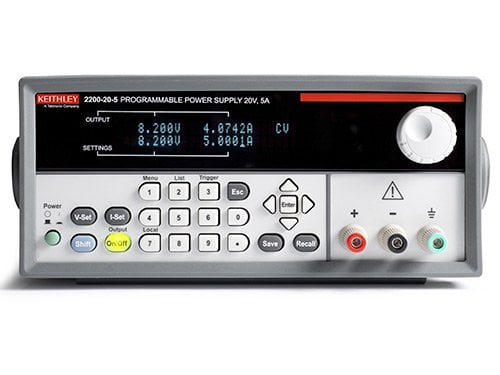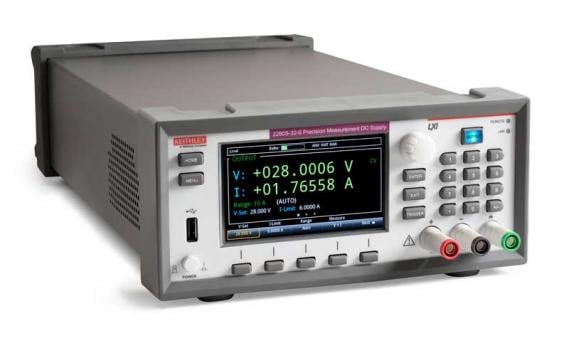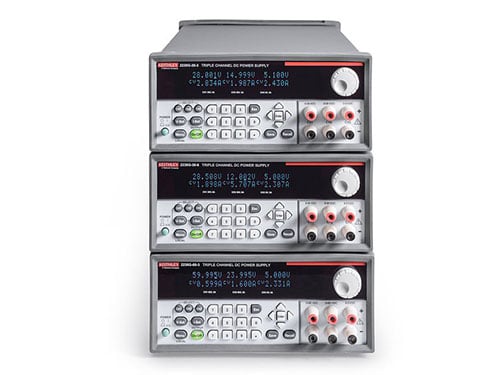與我們聯絡
與 Tek 業務代表即時對談。 上班時間:上午 6:00 - 下午 4:30 (太平洋時間)
請致電
與 Tek 業務代表即時對談。 上班時間:上午 8:30 - 下午 5:30 (太平洋時間)
下載
下載手冊、產品規格表、軟體等等:
意見回饋
Optimize Your Workflow with a Linear Power Supply
A linear power supply delivers ultra-stable, low-noise DC power, making it ideal for precision electronics testing. Unlike switching power supplies, it provides clean, ripple-free output to ensure accurate, interference-free measurements. Watch the video to see how it enhances your testing workflow.
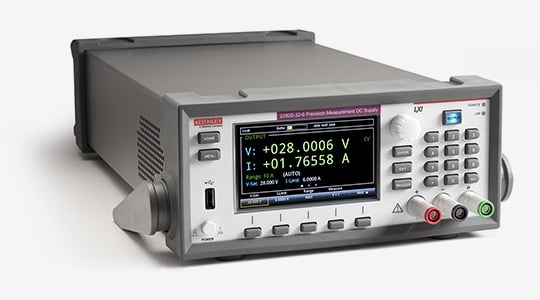
Keithley 2280S Series: High-Precision, Ultra-Low Noise
Power your most sensitive tests with ultra-low noise, precise voltage control, and high accuracy measurement capabilities in a compact benchtop design.
- Ultra-Low Noise – Ripple-free output
- High Accuracy – 0.02% voltage programming and readback
- Remote Sensing – Compensates for voltage drop across leads
- Compact & Versatile – Ideal for precision testing and R&D
Find the Linear Power Supply for Your Application
How Engineers Use Linear Power Supplies
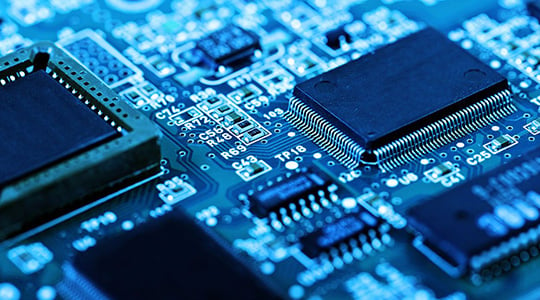
Precision Testing for Analog and RF Circuits
Linear power supplies provide clean, ripple-free power that prevents unwanted noise from affecting analog or RF circuit performance. This ensures accurate signal integrity and reliable test results in sensitive applications.
Stable Power for Low-Noise Research Applications
In applications like medical device development or precision sensor testing, low-noise power is essential to avoid interference and maintain accurate measurements. Linear power supplies provide the stable DC output needed for these demanding environments.

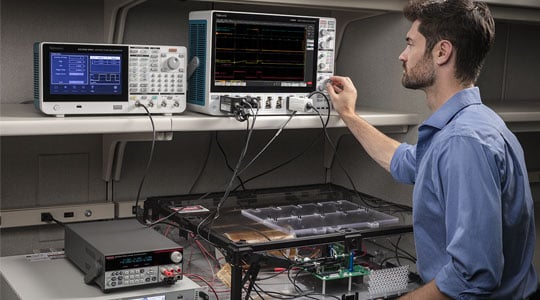
Consistent Voltage for Long-Duration Testing
Long-term reliability testing requires a stable power source to maintain consistent voltage and current over extended periods. Linear power supplies prevent fluctuations that could affect test outcomes, making them ideal for aging and stress testing.
直流電源供應器量測技巧
設計的 10 個階段
設計可靠的電源供應器需要仔細的規劃、精確的測試和正確的工具。我們的電源供應器量測技巧指南將引導您瞭解電源供應器設計的 10 個基本階段,從元件選擇,到 EMI 疑難排解和最終驗證。無論您是最佳化效率、確保相容性或是解決問題,這些專家深入見解都將能協助您實現更好的效能和更快的上市時間。如果您正在選擇新的電源供應器,這些提示將引導您做出正確的選擇。因為最好的電源供應器不僅關乎規格,還與如何測試和改進您的設計息息相關。
Key Applications for Linear Power Supplies
Embedded Systems and Mixed-Signal Design
Engineers working on embedded systems rely on linear power supplies to deliver stable voltage during firmware development, board bring-up, and debugging. The low noise floor ensures that analog and digital signals remain undistorted—especially critical when validating ADC/DAC performance or characterizing power rails in MCU- or FPGA-based designs.
RF and High-Frequency Signal Testing
For RF engineers using Tektronix oscilloscopes or spectrum analyzers, clean power is essential to avoid coupling noise into sensitive signal paths. Linear power supplies maintain stable voltage under varying loads, preserving signal integrity during modulation tests, frequency sweeps, or wireless component validation.
Automotive and Powertrain Electronics
Automotive R&D teams need reliable power for testing ECUs, power converters, and EV components. Linear supplies deliver accurate voltage under dynamic load conditions, supporting tests for transient response, current consumption, and analog sensor integration in electric drivetrains and control systems.
University and Teaching Labs
In academic labs, linear power supplies are valued for their simplicity, robustness, and precise measurement capabilities. When paired with Tektronix oscilloscopes or courseware, they help students grasp real-world electronics fundamentals—from Ohm’s law to multi-stage amplifier circuits—without introducing test setup noise or variability.
Analog Front-End & Sensor Circuit Prototyping
Designers working on analog front ends, such as instrumentation amplifiers or transducer interfaces, need ultra-clean power to evaluate circuit behavior accurately. Linear power supplies prevent power-induced distortion and support reliable characterization of precision components.
Power Integrity & Low-Level Signal Measurements
When measuring power rails, low-level analog signals, or performing power integrity analysis with oscilloscopes or probes, the quality of your DC source matters. Linear power supplies provide the ultra-stable, low-ripple voltage needed to eliminate noise variables—ensuring accurate capture of fast transients, supply noise, and coupling effects across digital and analog domains.
What Is a Linear Power Supply (and How Does It Work)?
A linear power supply is a type of DC power source known for delivering exceptionally clean, stable voltage with ultra-low output noise. It’s the preferred choice in applications where power quality directly impacts performance—like testing analog circuits, audio systems, RF devices, or sensitive sensors.
Unlike switching power supplies that regulate output through high-frequency on/off pulses, linear power supplies use a simpler analog method.
Here's how a linear power supply it works:
- AC voltage is fed into a transformer to reduce it to a manageable level.
- The output is then rectified (converted to DC) using diodes.
- A smoothing circuit with capacitors filters out voltage ripples.
- Finally, a linear regulator continuously adjusts the output to maintain a precise, stable voltage, regardless of changes in load or input.
Because this process doesn’t involve high-speed switching, linear power supplies produce minimal electromagnetic interference (EMI) and maintain fast transient response, making them ideal for precision testing.
Linear vs. Switching Power Supplies: Side-by-Side Comparison
| Aspect | Linear Power Supply | Switching Power Supply |
|---|---|---|
| Efficiency | Low (~50%) | High (80-95%) |
| Size & Weight | Large, heavy transformer | Small, lightweight |
| Noise (EMI/Ripple) | Very Low | Moderate to High (manageable with filtering) |
| Complexity | Simple | Complex |
| Response to Load Changes | Fast | Slightly Slower |
| Heat Generation | High (needs heat sinks) | Low |
| Cost-Effectiveness | Good for <400W | Better for >400W |
Switching supplies are clearly superior in efficiency, size, and higher-power applications, making them ideal for most modern uses.




